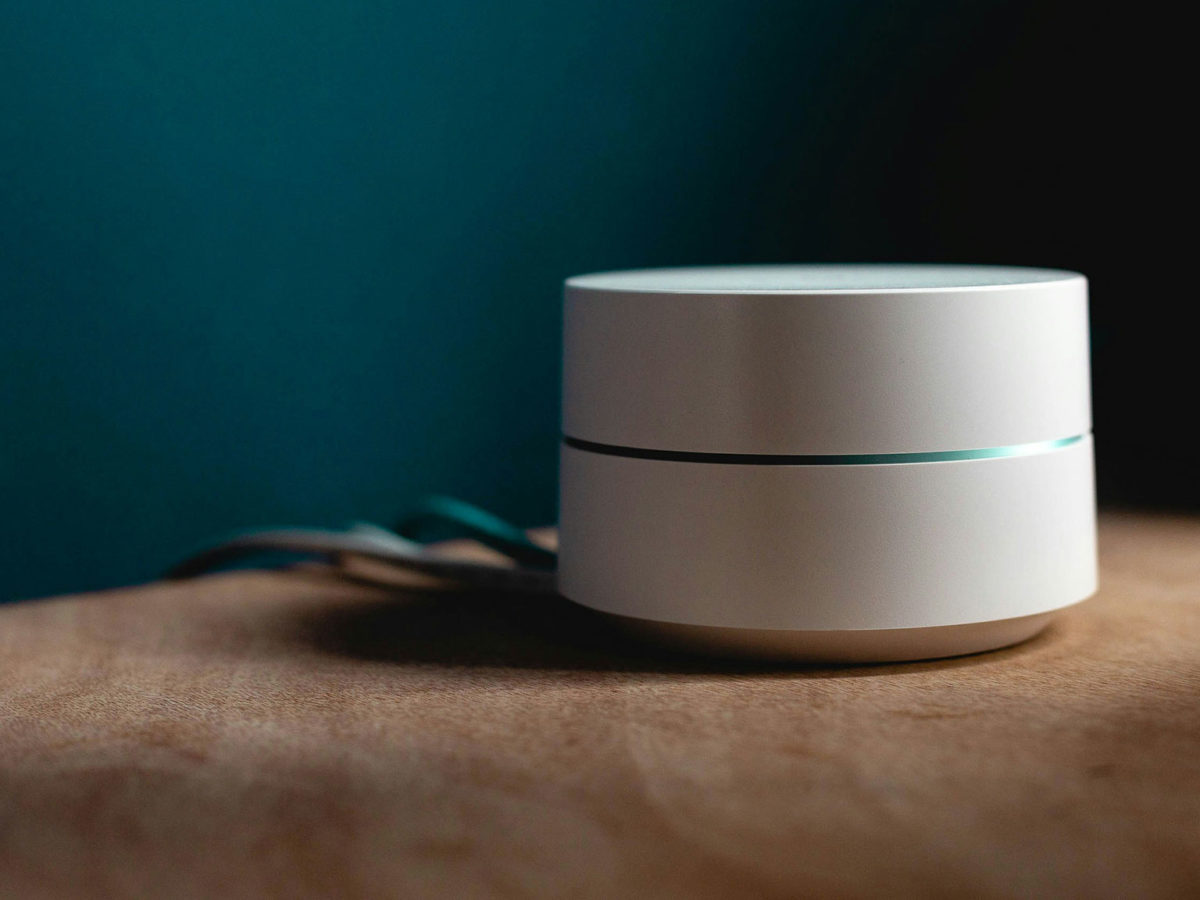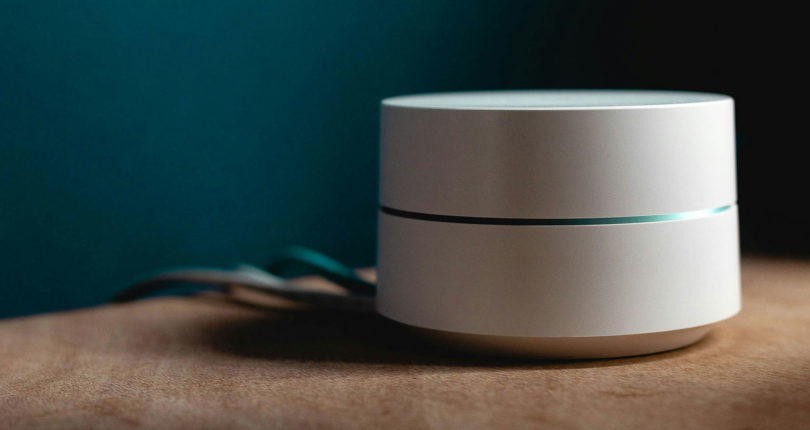How managed IT support can save your business money
Well planned and designed IT systems enable business teams to manage daily operations efficiently and effectively. They facilitate and support growth. But there’s a fine balance between desirable, efficient IT systems and unnecessary IT costs that spiral out of control….

You need to understand your existing IT infrastructure to know which systems your operation needs, what is currently working for you and where you need to upscale. Many businesses spend money on IT systems they either don’t use effectively or they replace within a few years, simply because they don’t fully understand what they need.
Internal IT teams with the expertise to manage a company’s systems are costly, but businesses can’t risk IT failures. This is where outsourced, managed IT comes into its own and saves companies thousands of pounds, year on year.
What is managed IT support?
Managed IT support is the outsourced management of a company’s IT infrastructure and daily IT operations. The services provided by a managed IT support provider include remote monitoring, system upgrades and installations, system and software updates, quick responses to IT problems, and ongoing maintenance.
A managed IT provider will also advise you on how effectively your IT infrastructure is working for your business’s needs. IT systems are not one-size-fits-all. Your managed IT provider will be proactive in telling you where your systems could be optimised, what you don’t need and how you to futureproof your business for upscaling or downscaling.
How does managed IT support save my company money?
How long have you got? There are so many ways in which managed IT support is a valuable, money-saving resource for businesses of all sizes. Here are just a few of them…
Cost of recruitment
IT professionals are expensive! And rightly so. They’ve put in many years of training to reach the level where they can manage the IT infrastructure that runs through your business. But it’s not just the cost of individual salaries that are expensive. You also need to factor in recruitment fees, the onboarding costs, training, holidays, sick pay and their share of office space and facilities.
Some specialise in certain areas which means you need to recruit more members of a team than you can ideally afford to cover the needs of your business. With an inhouse IT team it is also difficult to upscale or downscale IT systems quickly.
A managed IT provider absorbs all of those costs. You don’t have to concern yourself with holidays, sickness or whether you have sufficient personnel to quickly manage an IT failure. At E2E Technologies we have all the technical experts and equipment we need to manage your IT remotely, upscale or downscale services instantly, and the capacity to offer different areas of expertise. Which brings us onto the next point…
A wide range of IT services
A managed IT provider is able to offer the range of IT services you need because of the widespread expertise in its team. These include:
- Cloud support
- IT Security including backups and cyber security
- Microsoft 365 integration
- Designing and monitoring your IT network
- Audits and compliance
- Speedy support from a team with remote access to your systems
- Upgrades, installations and the planning of IT projects
Managing all of these services inhouse requires a number of personnel which is costly, and is less effective during staff absences.
Cost of equipment and software
IT hardware and software are constantly being updated. Kitting out an internal IT team with hardware and software will cost a lot of money, and you will continually be upgrading or replacing both over time. Again, a managed IT provider absorbs these costs so you don’t have to. Yes, you will require some IT hardware and software but not as much as if you have a full IT team, and there will be fewer items of equipment to maintain and upgrade.
Remote support for new working patterns and multiple sites
With increased home and hybrid work patterns, remote IT support is more important than ever. Inhouse teams can often struggle to manage remote workers and those based at different sites from where the IT team is based. A lack of resources for remote support can seriously impact productivity which costs the business both financially and reputationally.
Keeping up to date with changing technology
A third-party managed IT provider has a finger on the pulse of new developments in software, hardware and IT systems. Working with various businesses increases product knowledge and an understanding of what kind of systems work for different types of businesses. This includes streamlining processes that introduce efficiencies and cost savings to help a business to grow. An inhouse team can become introspective as it uses the majority of its resources to react to problems and perform daily tasks, rather than seeing the bigger picture and instigating new, less expensive ways of working.
Cyber security
A major consideration of any business is cyber security. A business can make itself vulnerable to cyberattacks simply by purchasing the wrong software or hardware, or by failing to sufficiently maintain its systems.
Managed IT providers have experts who monitor changes in cyber security and proactively introduce systems and software updates to protect clients’ businesses. The cost of losing valuable data, or getting IT systems back to being fully operational after a cyberattack, can cripple a business financially and damage its reputation which affects future sales.
Curious about how a managed IT provider can reduce your business costs?
For more information on the managed IT services provided by a local IT provider – E2E Technologies – and how we can save your business money, please get in touch.







